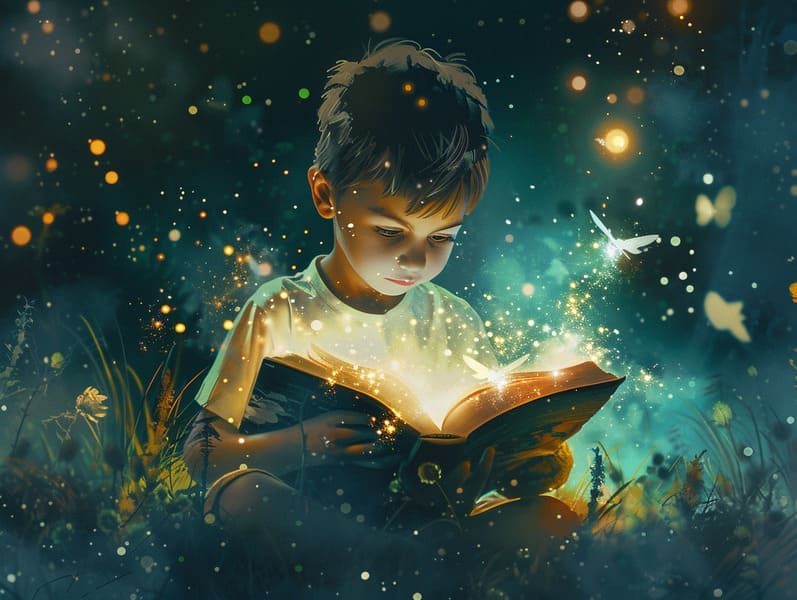The Creation of Fairy Tales with the Lasting Elegance.
The Creation of Fairy Tales with the Lasting Elegance.
Blog Article

Fairy tales have historical significance. These stories have been transmitted from one generation to the next long before they were ever put on paper. They developed from a variety of traditions, including African traditions. They were initially conveyed among grown-ups, often carrying themes and messages concerning the societal norms and beliefs of the time.
The renowned Brothers Grimm, Jacob and Wilhelm, were among the first to assemble many of these beloved fairy tales. Their anthology, "Grimm's Fables," included narratives like "Cinderella," "Hansel and Gretel," and "Snow-White and Rose-Red," which have since become classics in the world of famous fairy tales. Similarly, Hans Andersen's fantastical stories, such as "The Mermaid's Tale," and "The Duckling that Could," have enchanted hearts worldwide, ensuring their place in the pantheon of classic fairy tales.
Though they are centuries old, these tales remain as meaningful as ever, especially as nighttime stories for kids. These magical stories are now available in many formats, including vibrantly illustrated books, fantastical animations, and online fairy tales.
Their enduring popularity can be connected to several delightful features:
Valuable Lessons: Timeless fairy tales often share important moral lessons. Tales like "The Wolf and the Liar" teach the significance of being truthful, while "The Story of the Tortoise and the Hare" exemplify the values of persistence and unassuming nature. These stories offer little ones clear distinctions between correct and incorrect, building their moral compass in a tender yet lasting way.
Compassion and Insight: Timeless fairy tales frequently portray figures facing challenges and struggles, motivating readers to sympathize with their struggles and applaud their triumphs. For instance, "The Tale of Beauty and the Beast" points out the virtue of looking beyond appearances to see the true character of a character, building awareness and understanding.
Cultural Awareness: Many traditional fairy tales are saturated in the cultural contexts from which they were born. Immersing in these fairy tales can provide fascinating glimpses into different customs, nurturing a sense of cultural awareness and appreciation.
Inventiveness and Fantasy: The fantastical elements in traditional fairy tales—magical spells—inspire children’s dreams. These narratives lead readers to mythical realms, encouraging innovative thinking and a sense of delight that stays a lifetime.
Classic fairy tales are not only charming but also teaching. They serve as enchanted tools in strengthening various cognitive and affective skills in young ones. When traditional fairy tales are narrated, they nurture communication skills by introducing new linguistic elements and complicated sentence structures. This practice also nurtures hearing abilities and mindfulness, as little ones focus on every detail, looking forward to see what happens next.
Furthermore, exploring the themes and characters of ancient fairy tales can sharpen critical thinking and analytical skills. Young ones learn to pinpoint patterns, guess what will happen, and figure out cause and effect. These explorations also further children speak out their thoughts and feelings, enhancing their emotional intelligence.
In today’s digital era, the prevalence of online storybooks has made these tales more accessible than ever. Internet sites and online apps make available ample collections of children's fairy tales that can be browsed or listened via anytime, anywhere. Fairy tales narrated are particularly prevalent, sharing an fascinating method for little ones to relish these charming tales. Audiobooks and read-to-me videos move characters and settings to life, often paired with enchanting soundtracks and melodies that raise the tale experience.
The timeless allure of classic fairy tales lies in their ability to change to modern society while retaining their underlying messages. Contemporary takes of these stories often show more diverse protagonists and modern settings, making them relatable to today’s audience. However, the core values of guts, charity, and rightness remain unchanged, continuing to move listeners of all ages.
Traditional fairy tales also offer a sense of ease and homeliness. They impart upon a well-structured narrative with a transparent beginning, middle, and end, often closing with the settlement of conflicts and the triumph of morality over immorality. This steadiness can be placating for little ones, bringing a sense of firmness in an fluctuating world.
Ancient fairy tales continue to fascinate and instruct new generations, maintaining their appeal and pertinence in modern society. As nighttime stories for kids, they allow a perfect blend of wonder and wisdom, nurturing moral values, empathy, and creativity. The accessibility of digital storybooks and the well-received status of fairy tales read out loud ensure that these traditional fairy tales remain within reach to new generations.
By upholding and spreading these stories, we continue to praise the rich tapestry of narrative artistry and cultural heritage. Whether you are seeing a beautifully illustrated book, enjoying a web-based collection, or listening on an audio story, the charm of traditional fairy tales is always within reach. These tales demonstrate of the unceasing magic of tales and its more info ability to hold us together across eras and regions.
Regardless if you are discovering a artistically illustrated book, discovering a virtual collection, or listening on an audiobook, the radiance of classic fairy tales is always within reach.
These stories remind us of the unwavering presence of fairy tales and its ability to link us across generations and cultures, making a tie that enchants and educates alike.